How Summer Prescribed Burns Can Be A Safe And Efficient Way To Regenerate Grazing Lands
Learn how prescribed burns during the growing season can help restart nature’s clock by improving forage quality and wildlife habitat while managing brush encroachment at the same time.
As people exercise each day to promote their health, they tear down and use their muscles, so those muscles can grow back stronger. And research shows the more diverse and strategic such exercises are, the better the outcome in building muscle.
In a similar sense, the prescribed burning of native rangelands rejuvenates the land for it to come back stronger than before. Steven Smith, a Noble Research Institute wildlife and fisheries consultant, says it is an excellent tool to restart nature’s clock. When the area grows back, the new growth is not only more nutrient-dense, but it is also more palatable for livestock and wildlife. Burning is also a relatively economical approach to brush management when compared to other options.
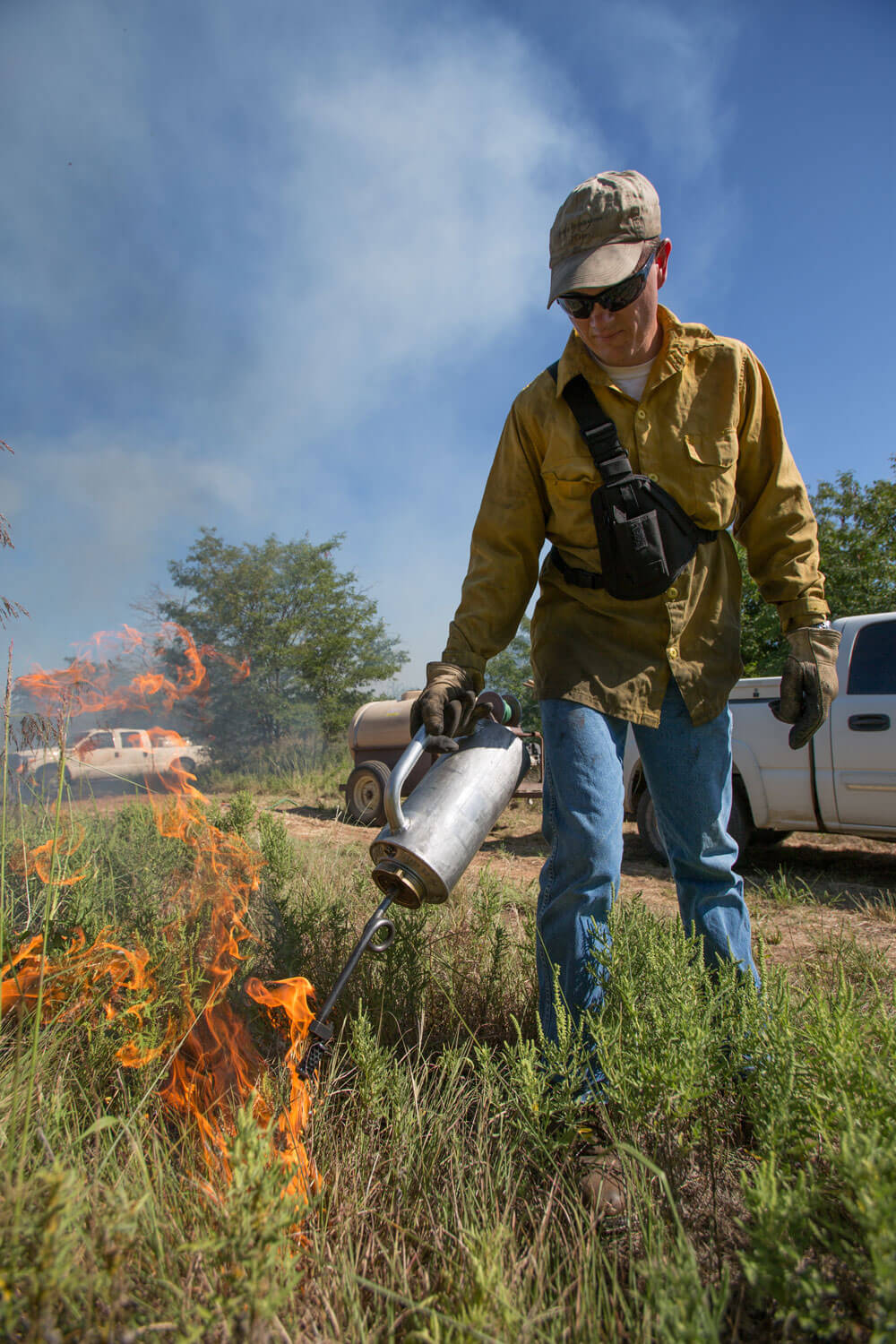
A step back in time shows fire was an asset to the land long before prescribed burning became a common management practice. Another history lesson shows not all land is created equal, and different regions require different approaches.
“Very few environments did not have fire occur in some form or fashion,” Smith says. “The difference is the frequency of fire.”
The weather has a lot to do with how quickly an environment can regrow fuel for the next burn. For example, the Great Plains may have naturally burned every three to five years, whereas Florida fires may have occurred annually, or out West may have been only once a decade.
Today, burning pastures is used as a tool to enhance productivity of the land for both livestock and wildlife. Smith breaks the practice down into two categories — growing-season and dormant-season burns. Dormant-season burns typically occur from December 1 to April 30, while a growing-season or “summer” burn typically falls between June 1 and October 1.
Why a summer burn?
Despite a dormant-season fire being more traditional, Smith says there is a case to be made for scheduling fire for the summer months.
“It’s safer, and it adds some diversity to your burning program,” he explains. “The third reason is, it is a little harder on encroaching brush.”
In many areas of Oklahoma, March is a popular time to conduct prescribed burns on ranches. While that timing may have value for some, Smith argues it can be a dangerous time to burn because the weather is so volatile.
As residents of the Great Plains can attest, spring often comes with strong, unpredictable winds that rise up from passing weather systems — a recipe for disaster as far as fire is concerned. This is primarily caused by cold and warm fronts battling for position over the area. Smith says summer weather is more stable and likely to be hot and humid.
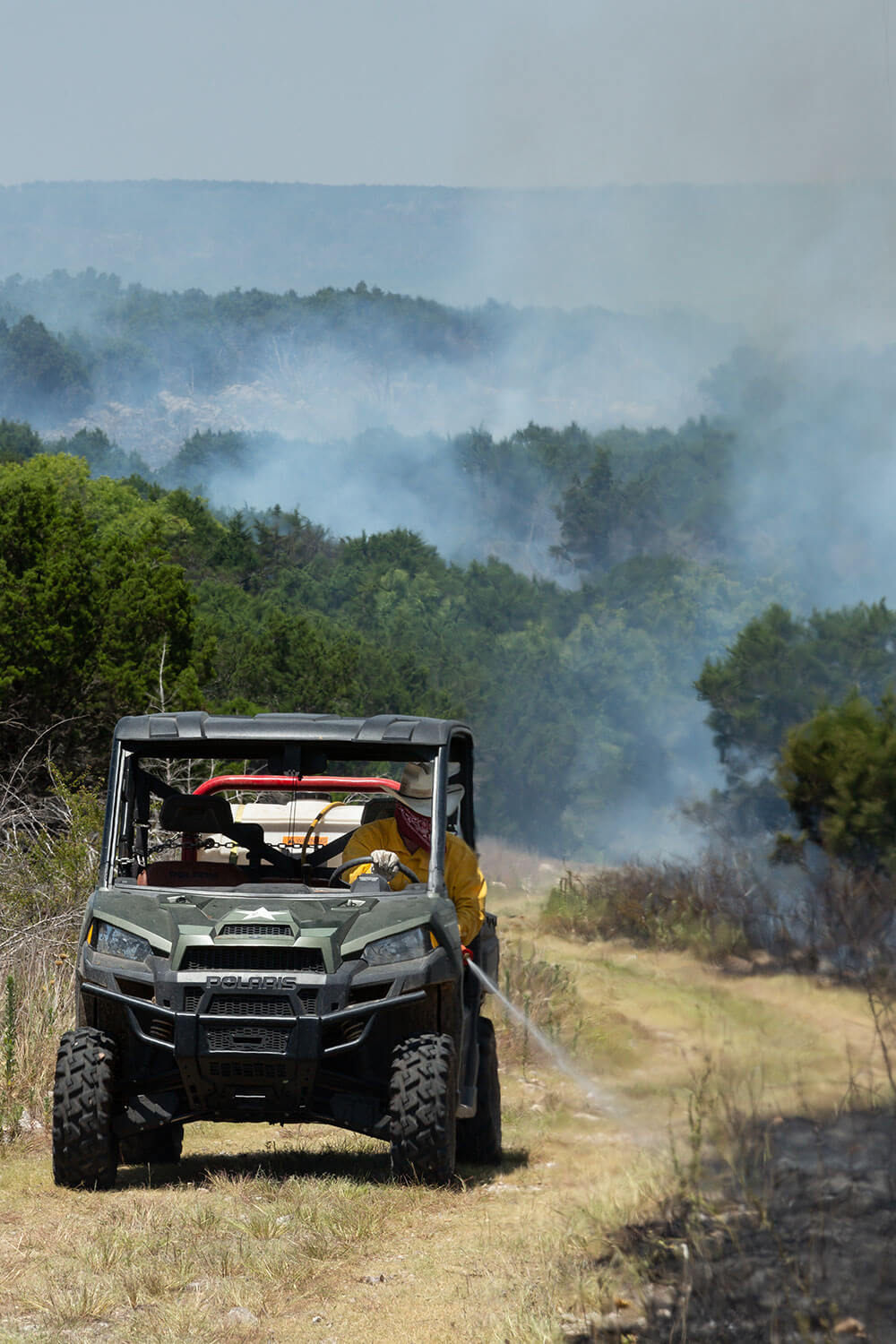
Beyond safety, summer burning allows land managers a larger span of time to schedule their burn. Because everything in agriculture hinges on the weather, and fires require multiple people, finding a time to burn can be a challenge. By having a larger window to work with, scheduling timely burns becomes more manageable, too.
For those who subscribe to a summer burn, Smith says they also enjoy a longer high-quality growing season. In a 2019 study done by Noble Research Institute, Smith and others determined July is a sweet spot for summer burns.
“Your forage in August can be pretty low quality,” he explains, “It is probably averaging around 6% crude protein because it’s already gone through its life cycle, so it’s shutting down.”
Just like Smith says, though, fire forces a plant to restart. With 17 years of experience under his belt, he has seen plants in August after a July burn contain up to 16% protein and still have respectable forage production. As a bonus, the burn hopefully helped battle brush encroachment.
He does caution that with later burns (late August thru September), forage production begins to decrease significantly. Even though the forage coming back is still of high quality, too much production is lost to come out even. The table below offers real numbers of those differences in the 2019 study, showing that the later the burn, the lower the forage yield was going into dormancy that winter.
| Burn Date | Crude Protein (CP) | Total Digestible Nutrients (TDN) | Composite pounds per acre collected Nov. 8 |
|---|---|---|---|
| Unburned | 6.5 | 41.1 | 9,086 |
| June 18 | 6.6 | 39.0 | 5,340 |
| July 3 | 7.6 | 40.3 | 5,135 |
| July 16 | 7.5 | 38.8 | 3,016 |
| July 31 | 9.4 | 49.3 | 1,797 |
| Aug. 15 | 6.6 | 39.5 | 1,489 |
| Aug. 26 | 9.9 | 41.9 | 981 |
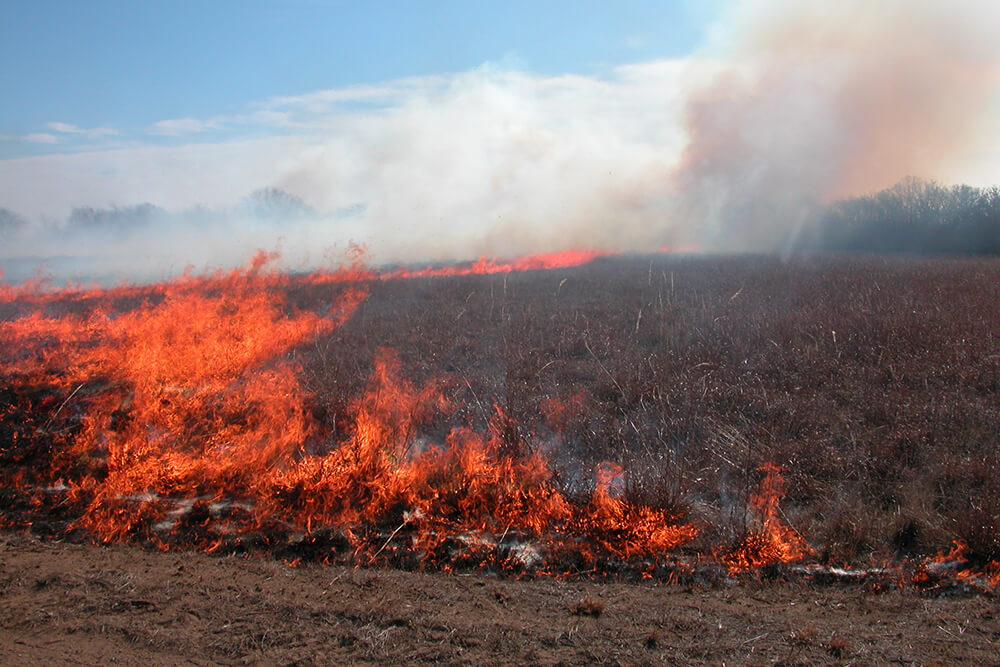
What is right for you?
Just like muscles begin to respond less and less to repetitive exercise over time, using a summer burn every year is not necessarily the ticket either.
“You have to look at the ranch as a whole,” Smith says. “You have to look at each pasture and determine if that’s the right thing for that pasture.”
In addition to timely burns, Smith highly encourages ranchers to implement adaptive grazing. Then, ensure the burn timing matches the grazing management plan. These tools are all synergistic and feed off each other for maximum success, and there are a lot of things to consider.
“Try to mimic what the historical fire frequency was in your area,” Smith says, as a good place to start. “That’s probably going to range anywhere from three to five years for the Great Plains states.”
If management goals include controlling encroaching brush, a rancher may want to burn more frequently for a few years before settling into a normal rhythm. When planning burn timing and frequency for your ranch, Smith suggests doing online research to identify data-driven prescribed burning guides; enlisting help from knowledgeable, experienced neighbors who have done prescribed burns before; and checking in with industry consultants such as state wildlife departments, county Natural Resource Conservation Services offices, not-for-profit conservation groups and private burn contractors.
Just as in the muscle example, doing the same thing year after year will not optimize the plant diversity in native pastures. But implementing strategic burns over the course of many years, including some during the summer growing season, should pay diverse dividends in both forage and soil health.
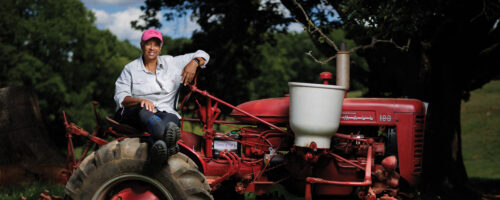
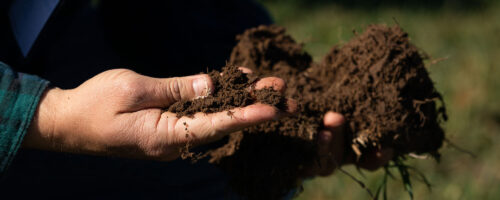
Comment
Leave a Reply
2 comment on: "How Summer Prescribed Burns Can Be A Safe And Efficient Way To Regenerate Grazing Lands""
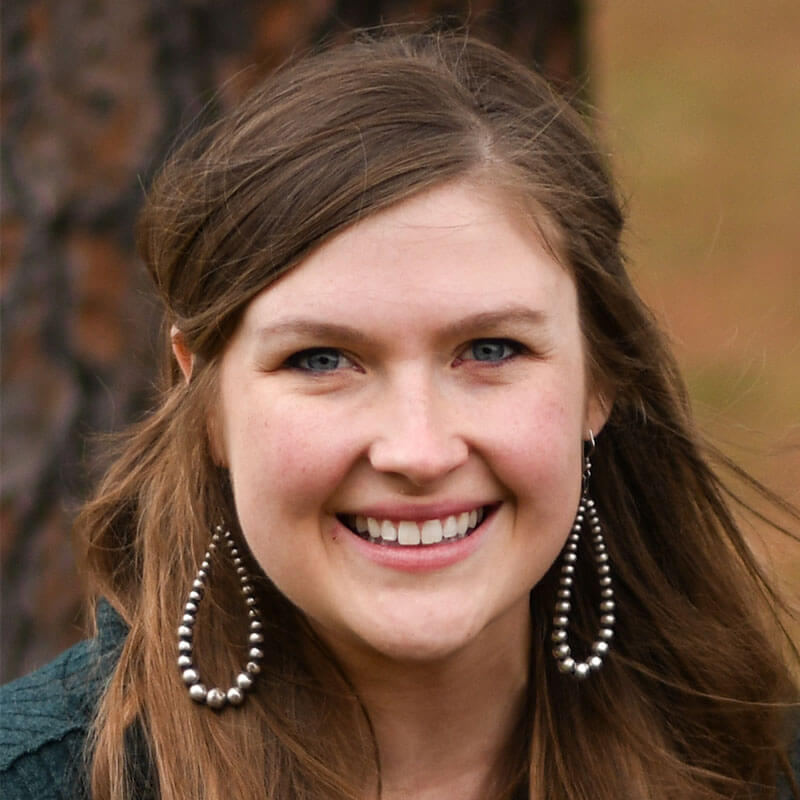
David Maschino
June 27, 2023Do you have anyone you could reccommend to do a control burn for me in mid Oklahoma?
Noble Research Institute
July 10, 2023You can try the following contractors to see if they can help.
Open Range Management LLC
Openrangemanagementllc.com
Stillwater, OK
918-534-6687
Chloeta Fire, LLC
2029 S. Main Street
Jay, OK 74346
1-877-245-6382
http://www.chloetafire.com
You might also reach out to the Oklahoma Prescribed Burn Association, https://www.ok-pba.org/ or Oaks and Prairie Joint Venture https://www.opjv.org/grip to see if they can provide assistance.